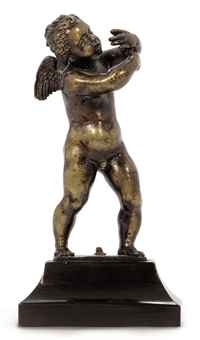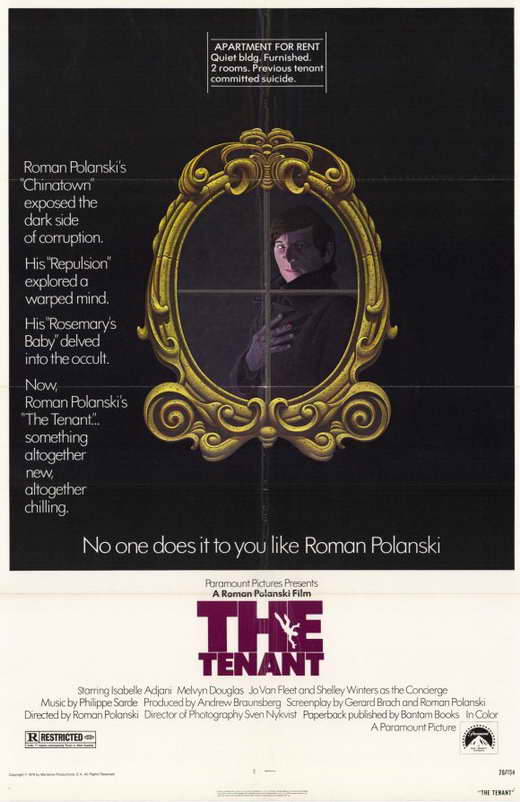











Chapter 3
‘the dishes and plates on the walls, and the bronzes’
‘antiques which gave a particularly aristocratic character to the whole place’
‘and dull and polished bronzes’
‘drawing-room with its Japanese plates on the walls’
Chapter 5
‘He jumped up and tried to light the candle, felt for it with trembling hands, dropped candle and candlestick on the floor, and fell back on his pillow’
Chapter 6
‘the bronze ornamentation of an album’
I used these quotes to find images of what I thought would be found in Ivan's house.



(http://www.antiques.co.uk/antique/Masons-Ironstone-Japanese-Plate)

An 18th century French bronze figure of a faun. The book suggested that Ivan like antiques (as a few of the items I have included would have been at that time, including this one), it also said that there were bronzes which may have looked like these.
(http://www.christies.com/LotFinder/lot_details.aspx?intObjectID=5377210)

17th century Italian bronze figure.
(http://www.christies.com/LotFinder/lot_details.aspx?pos=2&intObjectID=5377211&sid=)

19th century Capo Di Monte Vase and figurine
(http://rjmantiques.com/index.php?main_page=product_info&cPath=2_17&products_id=543)

(http://rjmantiques.com/index.php?main_page=product_info&cPath=2_17&products_id=561)
I also found a nice 19th century portrait which I felt would fit well with the decor (http://rjmantiques.com/index.php?main_page=product_info&cPath=2_17&products_id=682), however I couldn't upload the image without it being massive...so I'm afraid the link above will have to suffice...

I also felt that this French 19th century clock would not be out of place in Ivan's home...
http://www.friendsofhylandshouse.com/furniture/clock.htm
 (image courtesy of imdb.com)
(image courtesy of imdb.com)A photographer who has a broken leg cannot leave his flat, and spends his time watching his neighbours. He believes one of his neighbours has killed their wife, dedicates his recovery to proving it. Eventually his girlfriend and nurse join him in trying to discover the truth.
The viewer never leaves the flat of the photographer, they only view his neighbours from his window. This allows them to share in his feeling of claustrophobia and being trapped, and makes them understand and sympathise with his desire to observe and even participate in the lives of others in order to escape from his boredom. The fact that the setting never changes makes this film perfect for a studio set. This set has been well designed, so that the activity in each flat can be seen, even when zoomed out and looking at the block of flats as a whole, which is really effective. All of the other flats are seen from the point of view of the photographer, either with his naked eye, binoculars or his long lens camera.
The fact that he is viewing his neighbours from outside means that he can’t see everything that they do, and adds to the mystery and confusion later on when he thinks that his neighbour is a murderer.
I think that using just the one set for these purposes is a very clever concept and works really well which helps the viewer empathise with the main characters point of view.
 (image courtesy of imdb.com)
(image courtesy of imdb.com)Another psychological thriller, though I personally would say not as effective as The Shining. The basic storyline is that a man rents a room previously owned by a woman who committed suicide by throwing herself out of the window. He begins to find out more about her life, and thinks that the other residents of the building are trying to make him commit suicide too, and essentially turn him into the previous owner. In actual fact he starts to go mad, before throwing himself out of the window. Twice.
The main set of the rented room was effective. It was dull, dingy and small. It was almost claustrophobic. The lack of essential amenities within the apartment, for example a toilet, creates the impression that the main character is being deprived of his basic rights. This, combined with the feel of the room creates a claustrophobic effect, which allows the viewer to sympathise with the main character. It also allows us to understand why he would become interested in the previous occupant, having very little else in his flat to do and with it being such a dismal place to live.
The idea of the viewer not being able to work out if the character is going insane or if, as he thinks, the other residents want him to die, is a good one and gives the film the psychological thriller element. However, the fact that the man is actually going mad is given away fairly early, which really detracts from this thriller element. This idea has been used to greater effect in popular films such as Fight Club and Hide and Seek.
 (image courtesy of imdb.com)
(image courtesy of imdb.com)A psychological thriller set in a hotel in
There is a psycho-analytical element to the film too. The id, ego and superego are represented by the son, mother and father. The id (the son) is the childlike desires. The ego (the mother) is the mediator between the id and the superego: it tries to please the id without compromising the superego. The superego (the father) is the ‘law enforcer’, the controller of morals. This is first seen when they are driving to the hotel and the son says he is hungry, the father tells him he should have eaten before they left and then the mother compromises by saying he can eat when they arrive. The theme is continued through the film, when the boy wants to leave the hotel and the father will not because of his responsibility to look after it. The mother only gives in to the son’s wish to leave when she believes there is a danger. There is also a sense of conflict between the father and son for the mother’s attention, in a similar way to Freud’s Oedipus complex.
A combination of the isolation felt in the hotel, not being able to escape from his family or the situation, and the conflict from the Freud-like relationships drives the father to the point of insanity and he tries to kill his family to prevent them from leaving the hotel.
The setting of the hotel itself creates a huge feeling of isolation. It is full of empty bedrooms, long corridors and huge unused halls, and when it begins to snow and there is no ‘escape’ this isolation is really emphasised.
Throughout the film the suspense builds. The viewer knows that his insanity is inevitable, however the way in which it progresses holds their attention. His hallucinations provide an insight, if a slightly confusing one, to the level of his insanity, and the son’s gory visions add to the fear felt by the viewer.